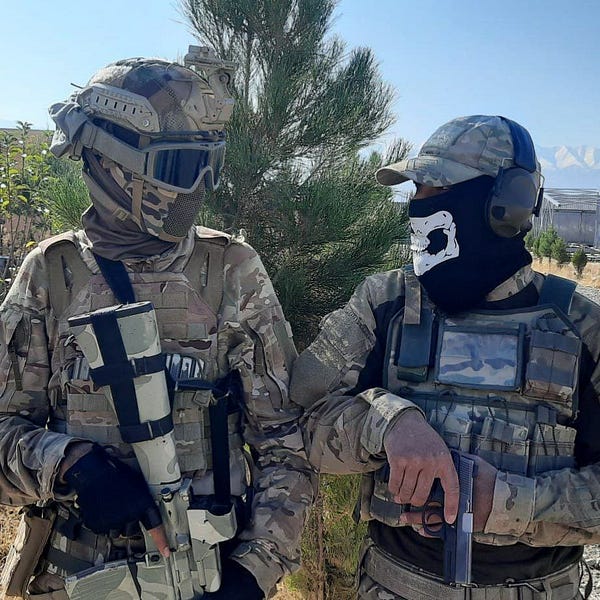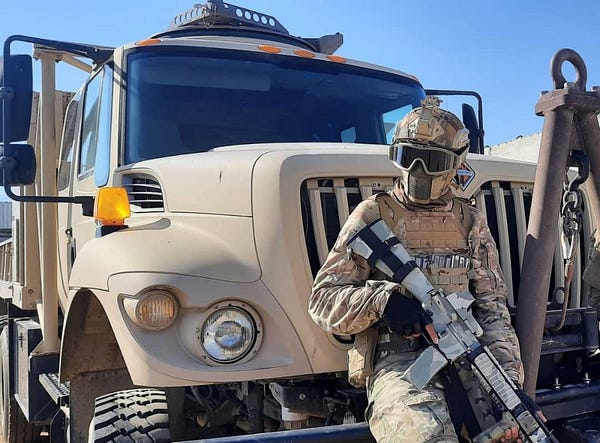When the Taliban took Kabul in mid-August 2021, the group began the transition from a guerilla movement back into a formal national governing authority. With their resumed tenure as rulers of Afghanistan, the Taliban moved quickly to strengthen diplomatic ties with neighboring states and other governments.
One of the leading concerns widely expressed by its diplomatic partners since the takeover has been the prospect of Afghanistan becoming even more of a haven for international terrorist groups and its soil being used to launch attacks on neighboring states and perhaps on others further abroad. The Taliban has aggressively employed counter-messaging to assuage anxieties over this specter and has touted its proactive counter-terrorism campaign against the Islamic State Khurasan Province (ISKP).
While the clampdown on ISKP is surely welcomed by most, many of Afghanistan’s neighbors are additionally concerned about the Taliban’s own allies and guests it is hosting in the country. These include Al-Qaeda, Tehrik-e Taliban Pakistan (TTP), Jamaat Ansarulla, the Turkistan Islamic Party, and more.
Behind the scenes, the Taliban has reportedly been taking measures to restrain some of its allies who had fought and bled alongside the group against the previous Afghan government and the supporting US-led coalition. Reports emerged in early October 2021 about the Taliban removing Uyghur militants from Badakhshan, a region bordering China, and relocating them further into Afghanistan’s interior.

As a courtesy to (and perhaps at the behest of) the Taliban after Kabul was taken, the Turkistan Islamic Party minimized its output of media showing its fighters present on Afghan soil. This policy became more evident when, in late October 2021, a TIP-linked Instagram account posted photos of its militants posing with weapons in front of a captured Navistar Defense vehicle somewhere in Afghanistan. As the first real visual evidence of the TIP in the country since the Taliban’s takeover, the pictures naturally drew a great deal of attention online. However, they were quickly taken down, most likely due to pressure from the Taliban and TIP leadership.





Further supporting this notion, the group’s official website refrained from posting videos in Afghanistan for almost a year from 2021-05-13 until 2022-05-01. In contrast, during this very period, the TIP frequently published materials showing the operations and activities of its other branch in Syria.
In May, it somewhat quietly released a couple of short productions of its fighters eating and socializing with no weapons in sight. But most notably, TIP leader Abdul Haq al-Turkistani and senior TIP religious figure and propagandist Abdulsalam al-Turkistani were shown celebrating the Eid al-Fitr holiday in Afghanistan.
The TIP never left the country, continues to be embraced by the Taliban, and appears to be slowly easing back into/increasing its visibility within the Afghan jihadist media scene. On July 28, following another, much shorter, period of silence, the group released a bold production with a caption confirming their presence in the country and showing its top leadership figures sitting beside the Taliban’s flag and its fighters armed with automatic rifles. This is a clear message to anyone thinking the group has pacified or has relinquished its role as the self-proclaimed militant vanguard for Uyghur Muslims in Khorasan.
Given the recent killing of Al-Qaeda chief Ayman al-Zawahiri in Kabul, Afghanistan’s capital city, and the recent TIP videos showing its leadership operating freely in Afghanistan, it is an indisputable fact that the Taliban continues to host high-ranking jihadists and international terrorist organizations.




